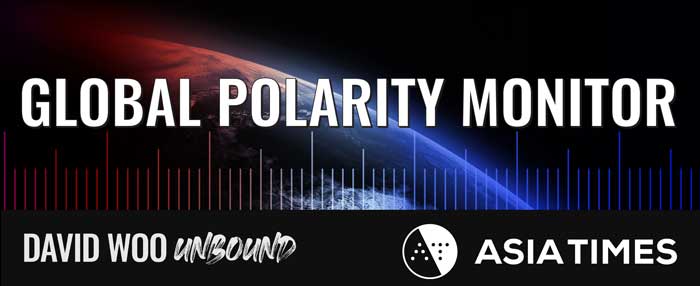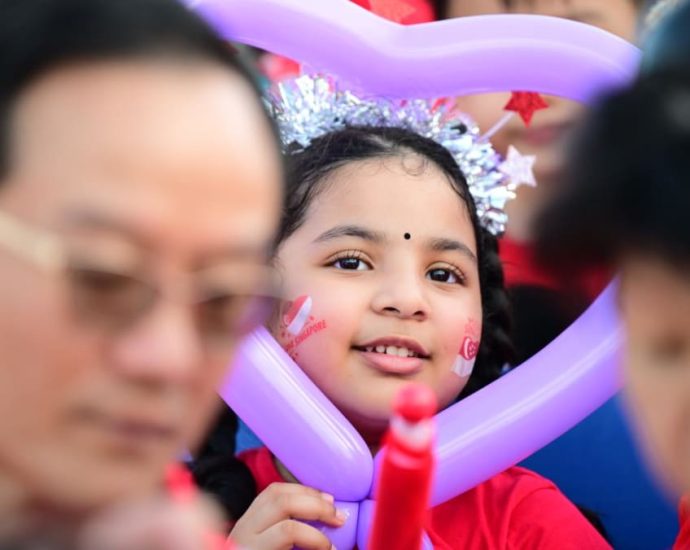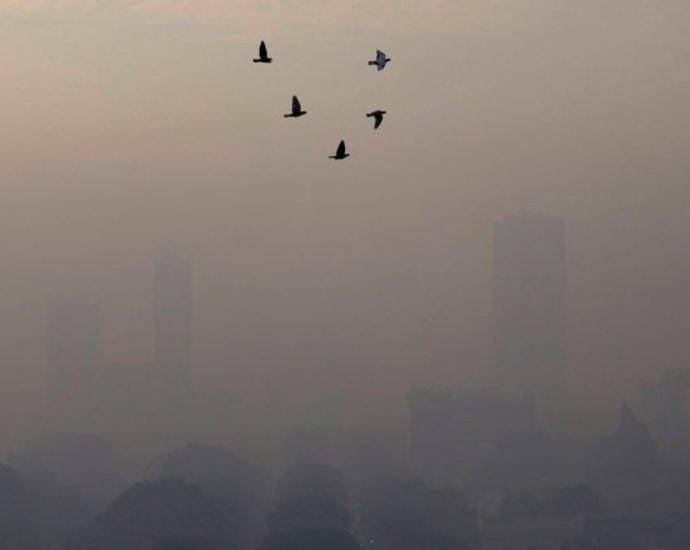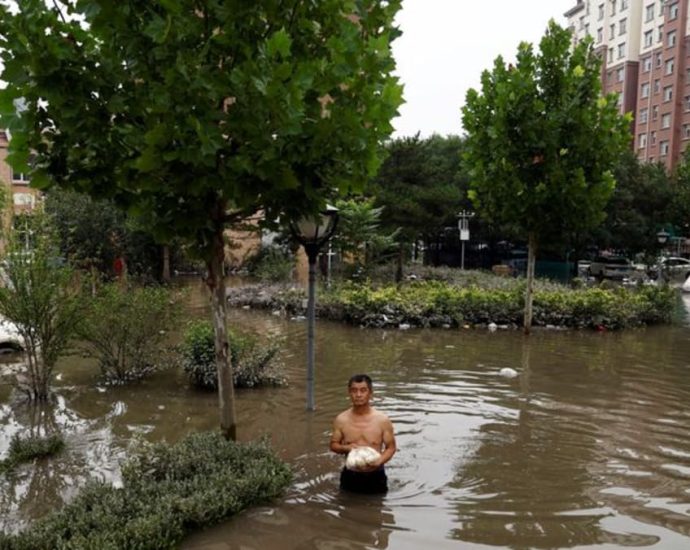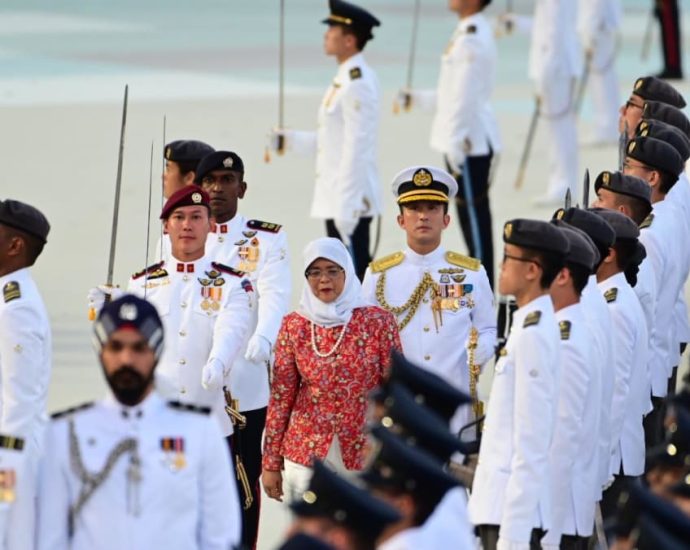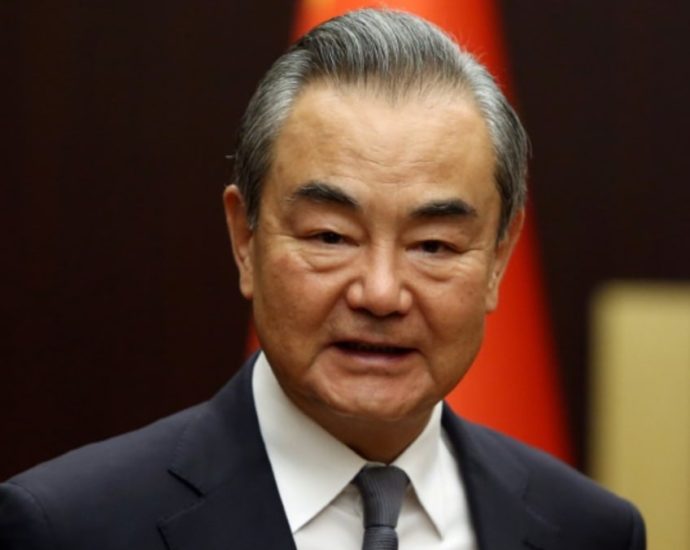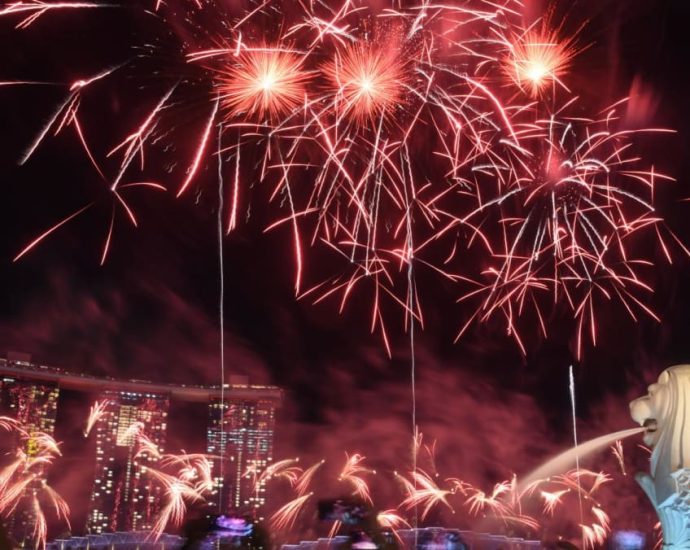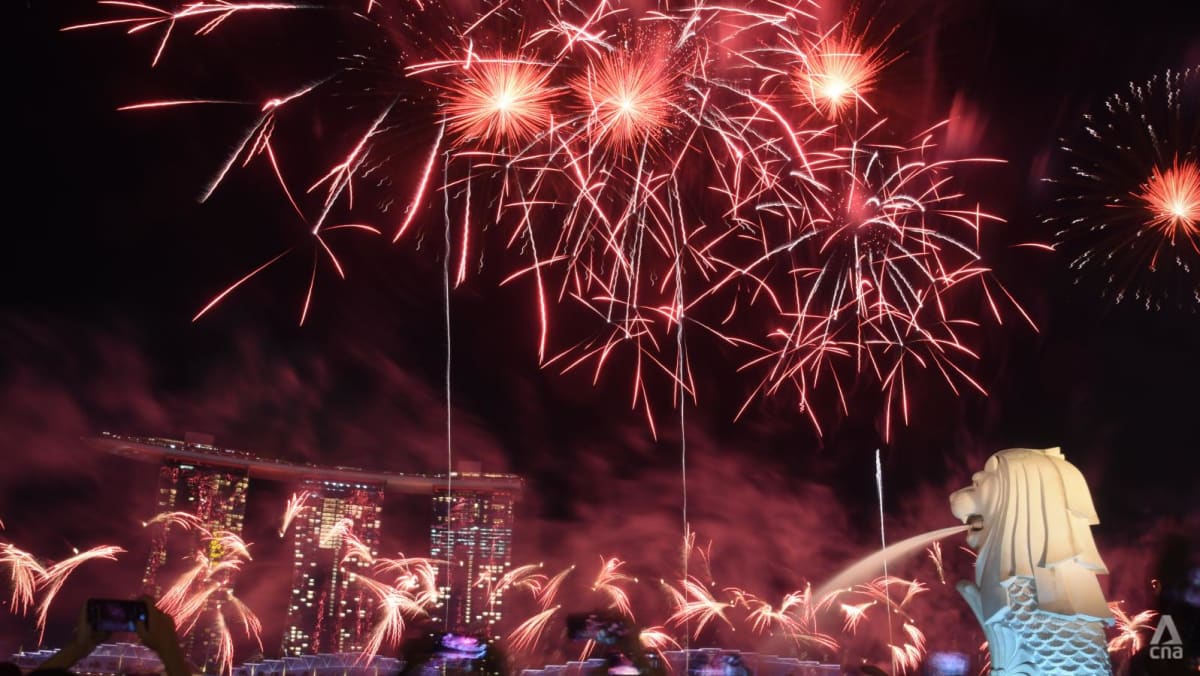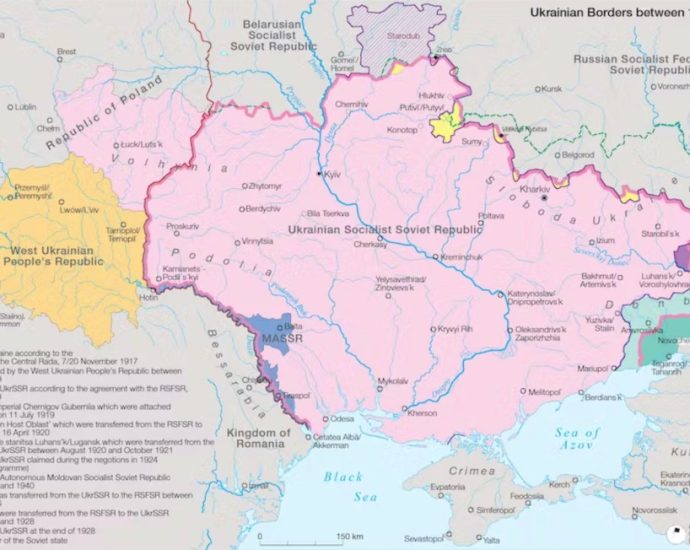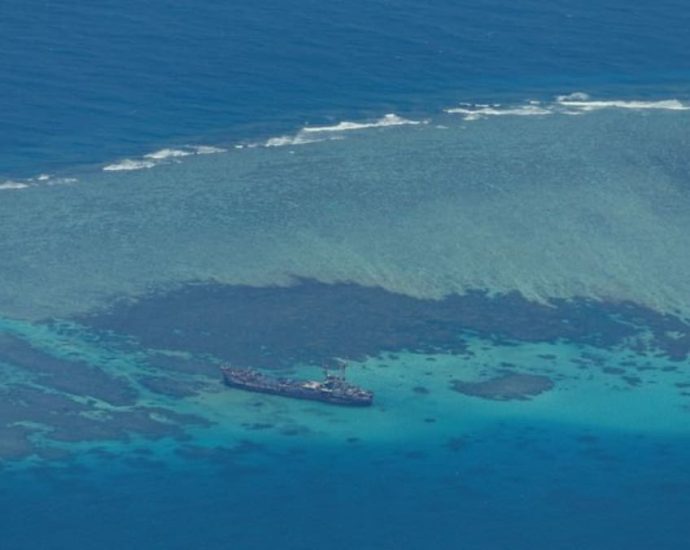Ebbing geopolitical risks stoke bullish views on Chinese stocks

Investment strategy: Geopolitical risks in abeyance
David Woo writes that perceptions of lower geopolitical risk in the coming weeks support a positive outlook on the Chinese stock market, which has outperformed others recently. Despite poor trade data, China is likely to implement reforms and deregulations due to waning global market share.
China: If you build it, will they come?
David Goldman highlights a positive outlook on Chinese equities, particularly in the tech sector. He notes that economic challenges have prompted the Chinese government to adopt market-friendly measures, aiming to boost market multiples.
Ukrainian counteroffensive stalls as Russia advances
James Davis assesses that Ukraine’s offensive military progress has thus far been limited, with only a 5-kilometer advance over two months. A recent counteroffensive by Russia pushed Ukrainian troops back, raising questions about Moscow’s strategic choices moving forward.
TSMC committed to Taiwan
Scott Foster sees Taiwan Semiconductor Manufacturing Company (TSMC) reassuring its commitment to Taiwan amidst concerns of expansion in other countries. Meanwhile, Intel has established an innovation center in Shenzhen to engage with local companies and promote its technology.

